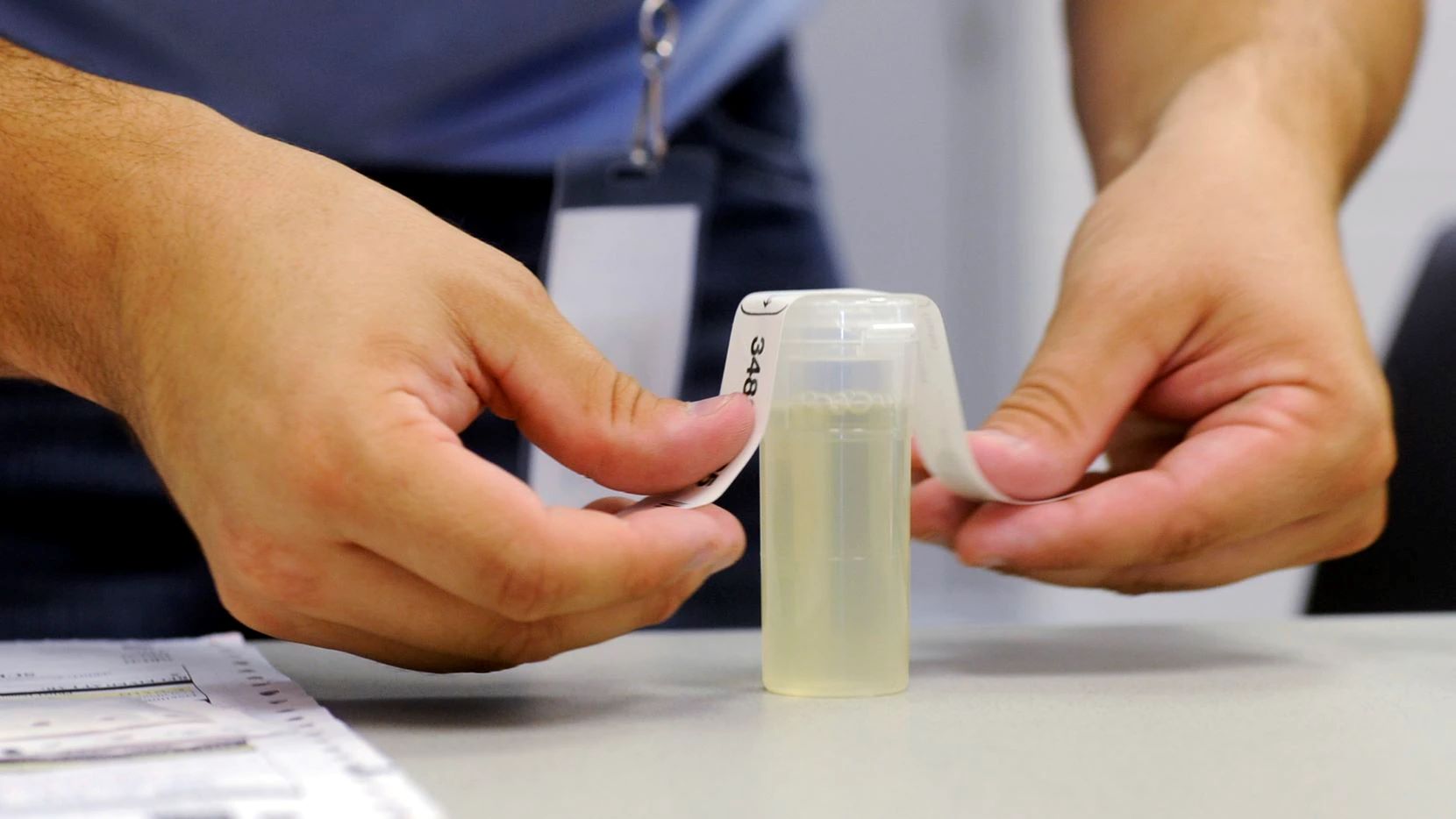

Articles
How To Store A Urine Sample
Modified: December 7, 2023
Learn how to properly store a urine sample in this informative articles. Follow these simple steps to ensure accurate results and prevent contamination.
(Many of the links in this article redirect to a specific reviewed product. Your purchase of these products through affiliate links helps to generate commission for Storables.com, at no extra cost. Learn more)
Introduction
When it comes to conducting medical tests or drug screenings, ensuring the accuracy of urine samples is crucial. Whether you’re storing a sample for personal use or laboratory analysis, proper storage techniques play a vital role in preserving the integrity and reliability of the sample.
Storing a urine sample correctly not only helps maintain its chemical composition but also prevents contamination, deterioration, and alterations that could compromise the accuracy of test results. In this article, we will explore the importance of proper urine sample storage and provide a step-by-step guide on how to store a urine sample effectively.
By following the correct procedures for urine sample storage, you can ensure the preservation of its properties, including pH levels, specific gravity, and any possible chemical markers or substances of interest. This is particularly important when analyzing urine samples for medical diagnoses, drug testing, or monitoring certain conditions or medications.
To properly store a urine sample, you will need the right materials and equipment, as well as a clear understanding of the steps involved in the process. Additionally, it is essential to be aware of common mistakes to avoid that could potentially compromise the sample’s quality and accuracy. By adhering to these guidelines, you can maintain the integrity of the sample and obtain reliable test results.
In the following sections, we will discuss the necessary materials for proper urine sample storage, provide a step-by-step guide on how to store a urine sample correctly, share some useful tips, and highlight common mistakes to avoid.
Now, let’s delve deeper into the importance of proper urine sample storage and guide you through the process of storing a urine sample effectively and accurately.
Key Takeaways:
- Proper storage of urine samples is crucial for maintaining integrity, accuracy, and reliability of test results. Follow guidelines, use necessary materials, and avoid common mistakes to ensure accurate diagnoses and drug monitoring.
- Attention to detail and adherence to recommended guidelines are essential for storing urine samples effectively. Proper labeling, hygiene, and temperature control contribute to reliable and accurate test results.
Read more: How To Store Urine Sample
Why is proper storage of urine samples important?
Proper storage of urine samples is crucial for several reasons:
- Maintaining sample integrity: Proper storage techniques help preserve the integrity of the urine sample, ensuring that the chemical composition remains unaltered. This is important because even slight changes in temperature, exposure to light, or contact with contaminants can lead to inaccurate test results.
- Promoting accurate test results: The accuracy of medical tests, such as urinalysis, depends on the reliability of the urine sample. By storing the sample correctly, you can minimize the risk of sample degradation and ensure that the test results accurately reflect the patient’s health condition or drug presence.
- Preventing contamination: Urine samples are sensitive to contamination from external sources, such as bacteria or other foreign substances. Proper storage techniques help minimize the risk of contamination, ensuring that the sample remains free from any interfering agents that could affect test results.
- Ensuring consistency: If a urine sample is not stored properly, its properties, such as pH levels, specific gravity, or chemical markers, can change over time. Inconsistent sample conditions can lead to inconsistent test results, making it difficult to monitor the progression of a medical condition or accurately assess the effectiveness of a treatment.
- Complying with regulatory requirements: In certain medical settings or drug testing scenarios, there are strict guidelines and regulations in place regarding the proper storage of urine samples. Adhering to these requirements ensures compliance and maintains the legal and ethical integrity of the testing process.
Overall, proper storage of urine samples is essential for maintaining the integrity, accuracy, and reliability of test results. By employing appropriate storage techniques, you can minimize the risk of sample degradation, contamination, and alterations, allowing for more accurate diagnoses, effective monitoring of medical conditions, and reliable drug test results.
Materials and Equipment Needed for Storing a Urine Sample
Before you begin the process of storing a urine sample, it is important to gather the necessary materials and equipment. Ensuring you have the right tools at hand will help maintain the sample’s integrity and prevent any potential contamination. Here are the key items you will need:
- Collection container: A sterile, leak-proof container is essential for collecting and storing the urine sample. It is recommended to use a container specifically designed for this purpose, which is typically provided by medical facilities or can be purchased from a pharmacy.
- Labeling materials: Properly labeling the urine sample is crucial for maintaining accurate records and preventing any confusion. Use waterproof labels or waterproof markers to clearly indicate the patient’s name, date and time of collection, and any other relevant information required.
- Refrigeration: Depending on the specific storage requirements, you may need access to a refrigerator. Many urine samples need to be stored at a low temperature to maintain their properties and prevent bacterial growth. Make sure you have adequate space in the refrigerator to accommodate the sample container.
- Disposable gloves: Wearing disposable gloves during the collection and storage process helps prevent cross-contamination and maintains hygiene. It is essential to maintain a sterile environment while handling the urine sample to avoid any potential interference with test results.
- Protective transport bag or tray: If you are transporting the urine sample to a laboratory or medical facility, it is recommended to use a protective transport bag or tray. This helps prevent any leakage or breakage during transit and ensures the safety of the sample.
- Proper storage container: In certain cases, such as long-term storage or the need for additional precautions, you may require additional materials. This could include a container or vial with a tight seal or a secondary container to prevent any accidental exposure or damage to the primary sample container.
By ensuring you have all the necessary materials and equipment before beginning the process, you can streamline the storage process and maintain the sample’s integrity. It is important to follow any specific guidelines provided by medical professionals or testing facilities regarding the materials and equipment required for storing a urine sample accurately.
Steps for Storing a Urine Sample
Proper storage of a urine sample is essential to maintain its integrity and ensure accurate test results. By following these steps, you can effectively store a urine sample:
- Collect the urine sample: Use a sterile urine collection container to collect the sample. Ensure that the container is clean and free from any contaminants. Follow any specific instructions provided by healthcare professionals or testing facilities regarding the collection process.
- Label the sample container: Use waterproof labels or a waterproof marker to clearly label the sample container with the necessary information, including the patient’s name, date and time of collection, and any other relevant identifiers. Accurate labeling is crucial for maintaining proper records and preventing any mix-ups.
- Secure the lid tightly: Ensure that the lid of the urine sample container is securely tightened to prevent any leakage or exposure to external contaminants. This will help maintain the sample’s integrity during storage.
- Store the sample at the appropriate temperature: Follow the specific instructions provided by healthcare professionals or testing facilities regarding the storage temperature. In many cases, urine samples need to be refrigerated to maintain their properties. Place the sample container in a designated area of the refrigerator, away from any food items or potential contaminants.
- Ensure proper hygiene: Maintain proper hygiene throughout the storage process. Wash your hands thoroughly before and after handling the urine sample to prevent cross-contamination. Consider wearing disposable gloves as an extra precautionary measure.
- Minimize exposure to light: Whenever possible, store the urine sample in a dark or opaque container to minimize exposure to light. Light can potentially affect the stability and composition of the sample. If using a transparent container, place it in a protective bag or wrap it in aluminum foil to block out light.
- Store the sample for the recommended duration: Follow the guidelines provided by healthcare professionals or testing facilities regarding the recommended storage duration for the urine sample. Some tests may require storing the sample for a specific period before analysis, while others may need immediate testing.
- Follow disposal guidelines: Once the urine sample has served its purpose or the recommended storage duration has elapsed, follow proper disposal guidelines. Dispose of the sample container as per the instructions provided by the healthcare facility or follow local regulations for the disposal of medical waste.
By following these steps, you can ensure the proper storage of a urine sample, maintaining its integrity and allowing for accurate test results. It is important to always adhere to any specific instructions provided by healthcare professionals or testing facilities to ensure the reliability and accuracy of the stored urine sample.
Store a urine sample in a sealed, sterile container in the refrigerator if it will be tested within 24 hours. If testing will be delayed, freeze the sample for longer storage.
Tips for Proper Storage of a Urine Sample
To ensure the integrity and reliability of a urine sample during storage, consider the following tips:
- Follow storage instructions: Always follow the specific storage instructions provided by healthcare professionals or testing facilities. Different tests may have different storage requirements, including temperature, duration, and specific handling instructions.
- Keep the sample refrigerated: In most cases, storing the urine sample in a refrigerator at a temperature between 2-8 degrees Celsius (36-46 degrees Fahrenheit) helps maintain its stability and prevents bacterial growth.
- Avoid freezing: Unless specifically instructed otherwise, do not freeze the urine sample. Freezing can alter the properties of the sample, leading to inaccurate test results. If freezing is required for any reason, follow the specific guidelines provided.
- Protect from light: Minimize the exposure of the urine sample to light by using an opaque container or wrapping the container in aluminum foil. Light can affect the stability and composition of the sample.
- Prevent contamination: Ensure the sample container is tightly sealed and free from any external contaminants. Avoid touching the inside of the container or the sample itself to prevent contamination from oils, bacteria, or chemicals present on your hands.
- Handle with care: When storing the urine sample, handle the container gently to prevent any disruption to the sample. Vigorous shaking or mishandling can potentially alter the chemical composition of the urine, leading to inaccurate test results.
- Use the sample within the recommended timeframe: Adhere to the recommended storage duration specified by healthcare professionals or testing facilities. Using the sample beyond the given timeframe can lead to sample degradation and compromise the accuracy of test results.
- Maintain proper hygiene: Wash your hands thoroughly before and after handling the urine sample. This helps prevent cross-contamination and maintains the integrity of the sample. Consider wearing disposable gloves for an extra layer of protection.
- Do not mix multiple samples: Avoid mixing different urine samples in one container unless explicitly instructed to do so by healthcare professionals or testing facilities. Mixing samples can lead to erroneous results and compromise the accuracy of the tests.
- Consult professionals: If you have any doubts or questions regarding the proper storage of a urine sample, consult healthcare professionals or the testing facility for guidance. They can provide specific instructions based on the intended analysis.
By following these tips, you can ensure the proper storage of a urine sample, maintaining its integrity and reliability for accurate testing and analysis. Remember, proper storage techniques contribute significantly to obtaining accurate results and supporting appropriate medical diagnoses or drug monitoring.
Read more: How To Store A Urine Sample Overnight
Common Mistakes to Avoid When Storing a Urine Sample
Proper storage of a urine sample is crucial to ensure accurate test results. To maintain the integrity and reliability of the sample, it is important to avoid the following common mistakes:
- Incorrect labeling: Failing to properly label the urine sample container can lead to confusion and mix-ups, potentially resulting in inaccurate test results. Always clearly label the sample container with the patient’s name, date and time of collection, and any other required identifiers.
- Inadequate sealing: Improperly sealing the urine sample container can result in leakage or exposure to contaminants, compromising the sample’s integrity. Ensure the lid is tightly secured to prevent any leakage during storage.
- Exposing the sample to light: Light can affect the stability and composition of a urine sample. Avoid storing the sample in transparent containers or leaving it exposed to direct light. Use opaque containers or wrap the container in aluminum foil to minimize light exposure.
- Not following storage temperature guidelines: Storing the urine sample at the wrong temperature can lead to sample degradation or bacterial growth. Follow the specific storage guidelines provided, which often recommend refrigeration between 2-8 degrees Celsius (36-46 degrees Fahrenheit).
- Freezing the sample: Unless specifically instructed, freezing a urine sample is generally not recommended. Freezing can alter the sample’s properties and compromise the accuracy of test results. If freezing is required, follow the specific guidelines provided.
- Mixing multiple samples: Combining different urine samples in one container without explicit instructions can lead to erroneous results. Avoid mixing samples unless instructed to do so by healthcare professionals or testing facilities.
- Using expired containers or outdated materials: Ensure that the urine sample container, as well as any materials or equipment used for storage, are not expired or outdated. Expired containers or materials may not provide the necessary protection, potentially compromising the sample.
- Not maintaining proper hygiene: Improper hand hygiene or failure to wear disposable gloves can introduce contaminants during sample collection or storage. Always wash your hands thoroughly, use disposable gloves, and avoid touching the inside of the container or the sample.
- Ignoring storage duration recommendations: The recommended storage duration for a urine sample is provided for a reason. Using the sample beyond the recommended timeframe can result in sample degradation and inaccurate test results. Adhere to the specified storage duration.
- Failure to seek professional guidance: If you are unsure about any aspect of storing a urine sample, it is important to seek guidance from healthcare professionals or the testing facility. They can provide specific instructions and address any concerns you may have.
By avoiding these common mistakes when storing a urine sample, you can ensure the integrity and reliability of the sample, leading to accurate test results and supporting the appropriate medical diagnoses or drug monitoring.
Conclusion
Proper storage of a urine sample is essential for maintaining its integrity and ensuring accurate test results. By following the recommended guidelines, you can preserve the chemical composition and properties of the sample, minimize the risk of contamination, and prevent alterations that could compromise the accuracy of test results.
Throughout this article, we have discussed the importance of proper urine sample storage and provided a comprehensive guide on how to store a urine sample effectively. We covered the necessary materials and equipment needed for storage, the step-by-step process to follow, useful tips to enhance the storage process, and common mistakes to avoid.
When storing a urine sample, it is crucial to collect it properly using a sterile container and ensure accurate labeling to prevent mix-ups. The sample should be stored at the recommended temperature, often in a refrigerator, to maintain its stability. It is essential to handle the sample with care, protect it from light exposure, and adhere to the recommended storage duration.
By avoiding common mistakes such as improper labeling, inadequate sealing, exposure to light, and not following storage temperature guidelines, you can maintain the integrity of the urine sample and obtain reliable test results. Additionally, following proper hygiene practices, seeking professional guidance when needed, and using non-expired materials are important aspects of proper urine sample storage.
Ultimately, proper storage of a urine sample contributes to accurate diagnoses, effective drug monitoring, and better understanding of an individual’s health condition. By taking the necessary steps and implementing the tips outlined in this article, you can ensure the reliability and accuracy of your urine sample for medical testing and analysis.
Remember, when it comes to storing a urine sample, attention to detail and following the recommended guidelines are key to obtaining the most reliable and accurate results that can help guide medical decisions and ensure proper patient care.
References
Here are some references used to gather information for this article:
- “Urine Collection Methods and the Importance of Proper Collection” – American Association for Clinical Chemistry (AACC)
- “Urine Preservation and Testing for Drugs of Abuse” – National Institute on Drug Abuse (NIDA)
- “Urine Sample Collection and Handling Guidelines” – Australian Government Department of Health
- “Urine Collection, Analysis, and Preservation Techniques: Importance for Medical Diagnosis” – Journal of Young Pharmacists
- “Urine Specimen Collection: Best Practices for Healthcare Providers” – New York State Department of Health
These references provide valuable insights and guidelines regarding the importance of proper urine sample storage, materials and equipment needed, steps to follow, tips for successful storage, and common mistakes to avoid. We recommend referring to these sources for more in-depth information on the topic.
It’s important to note that proper storage techniques may vary based on specific medical requirements, testing protocols, and regulations. Therefore, it is advisable to consult with healthcare professionals or the testing facility for specific instructions and guidelines pertaining to the storage of urine samples in your particular situation.
Frequently Asked Questions about How To Store A Urine Sample
Was this page helpful?
At Storables.com, we guarantee accurate and reliable information. Our content, validated by Expert Board Contributors, is crafted following stringent Editorial Policies. We're committed to providing you with well-researched, expert-backed insights for all your informational needs.
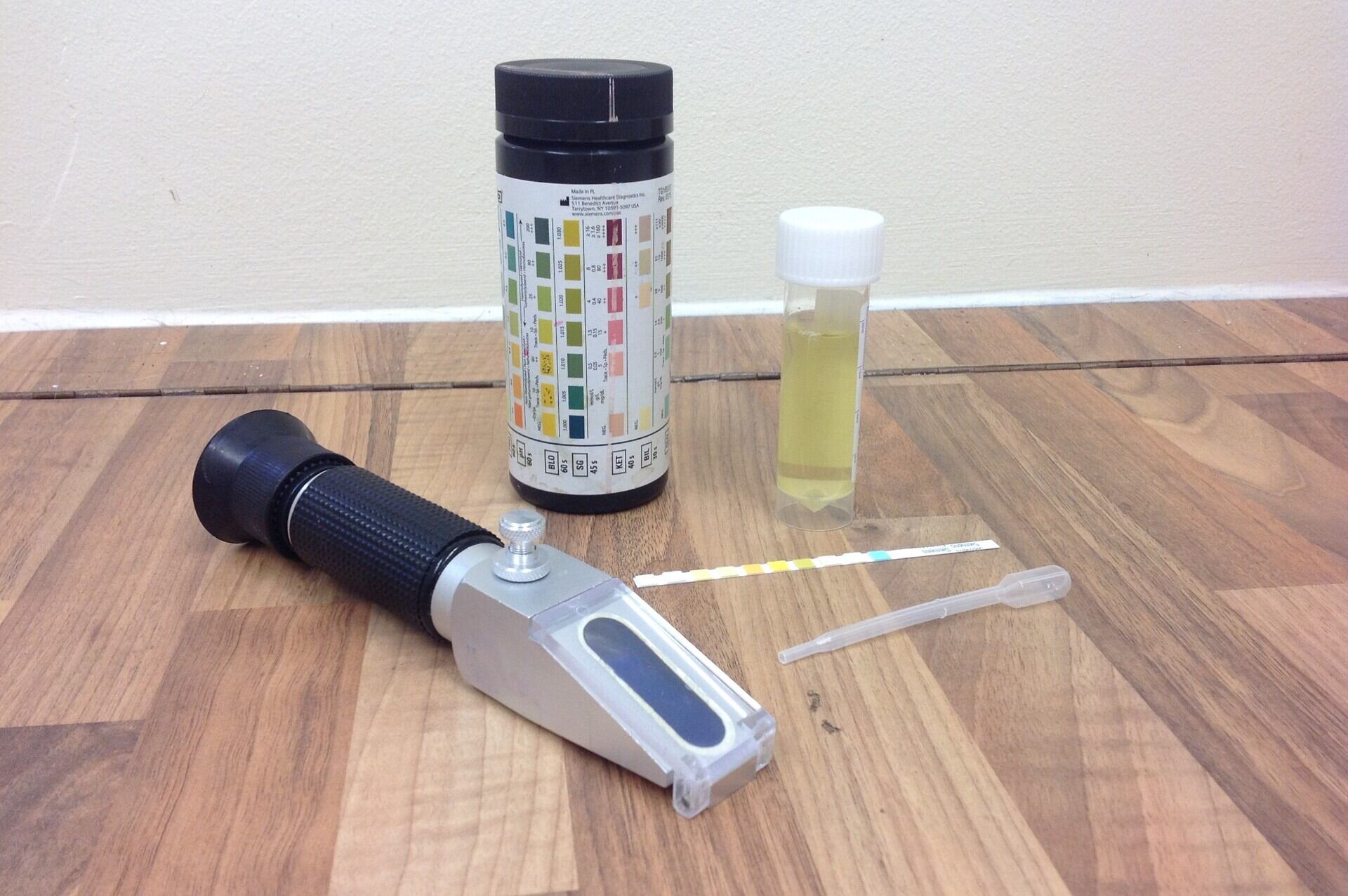
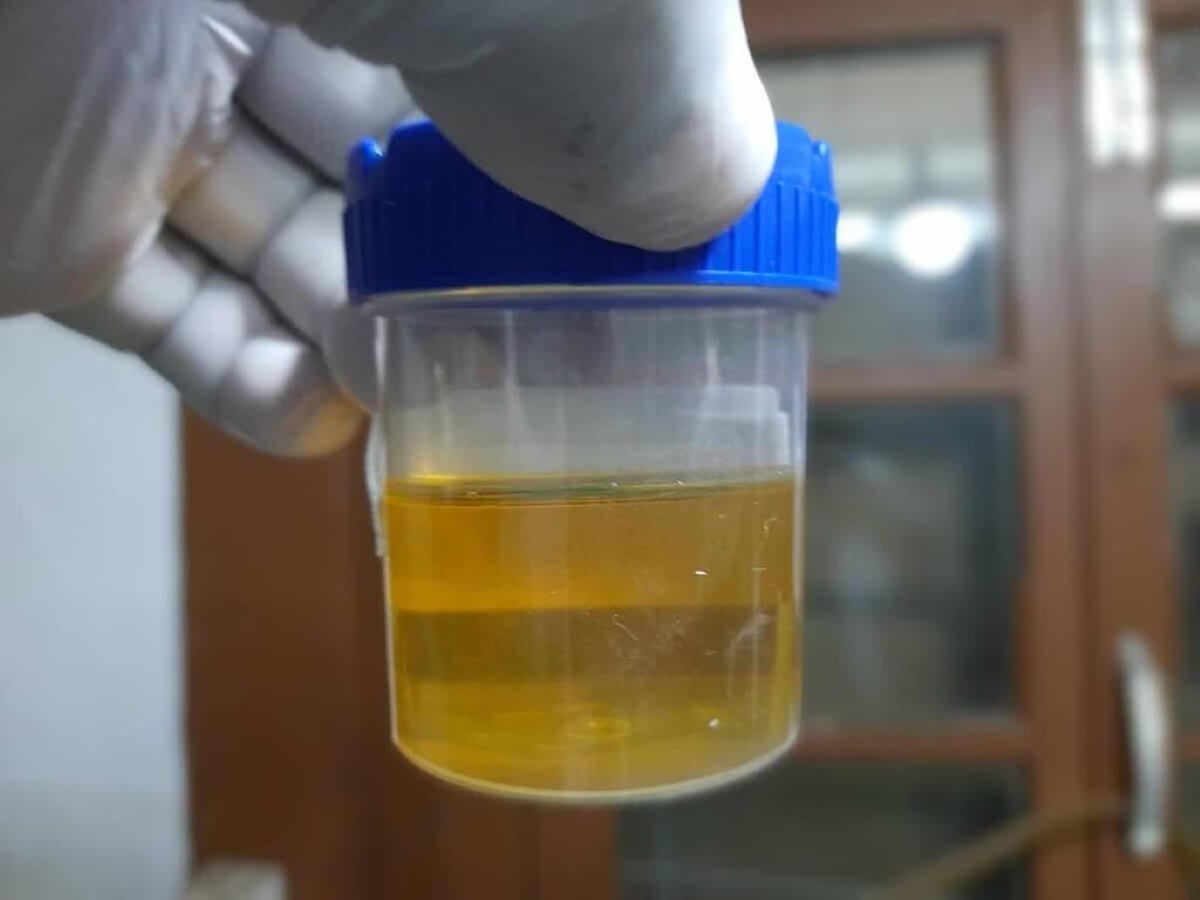

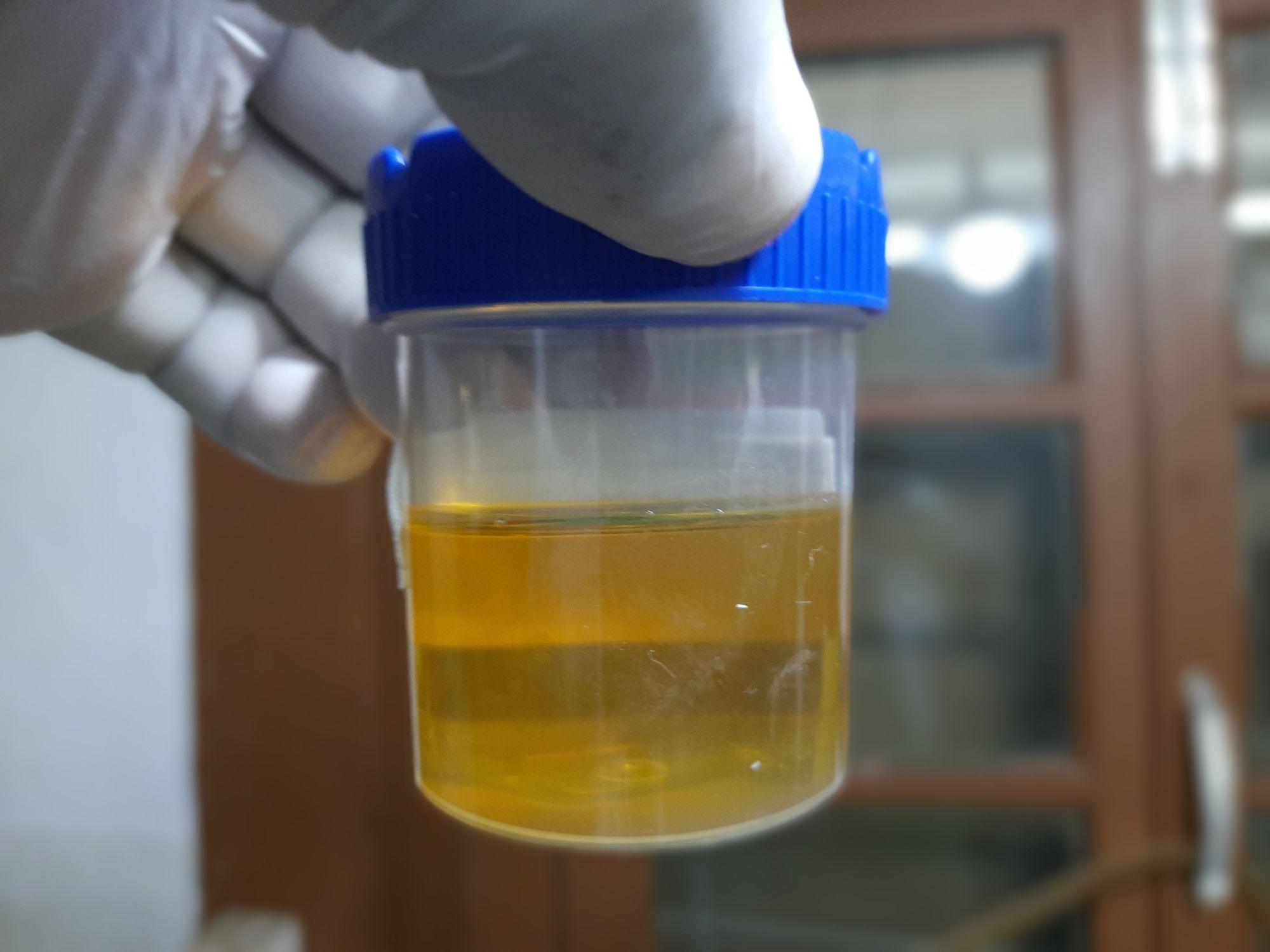
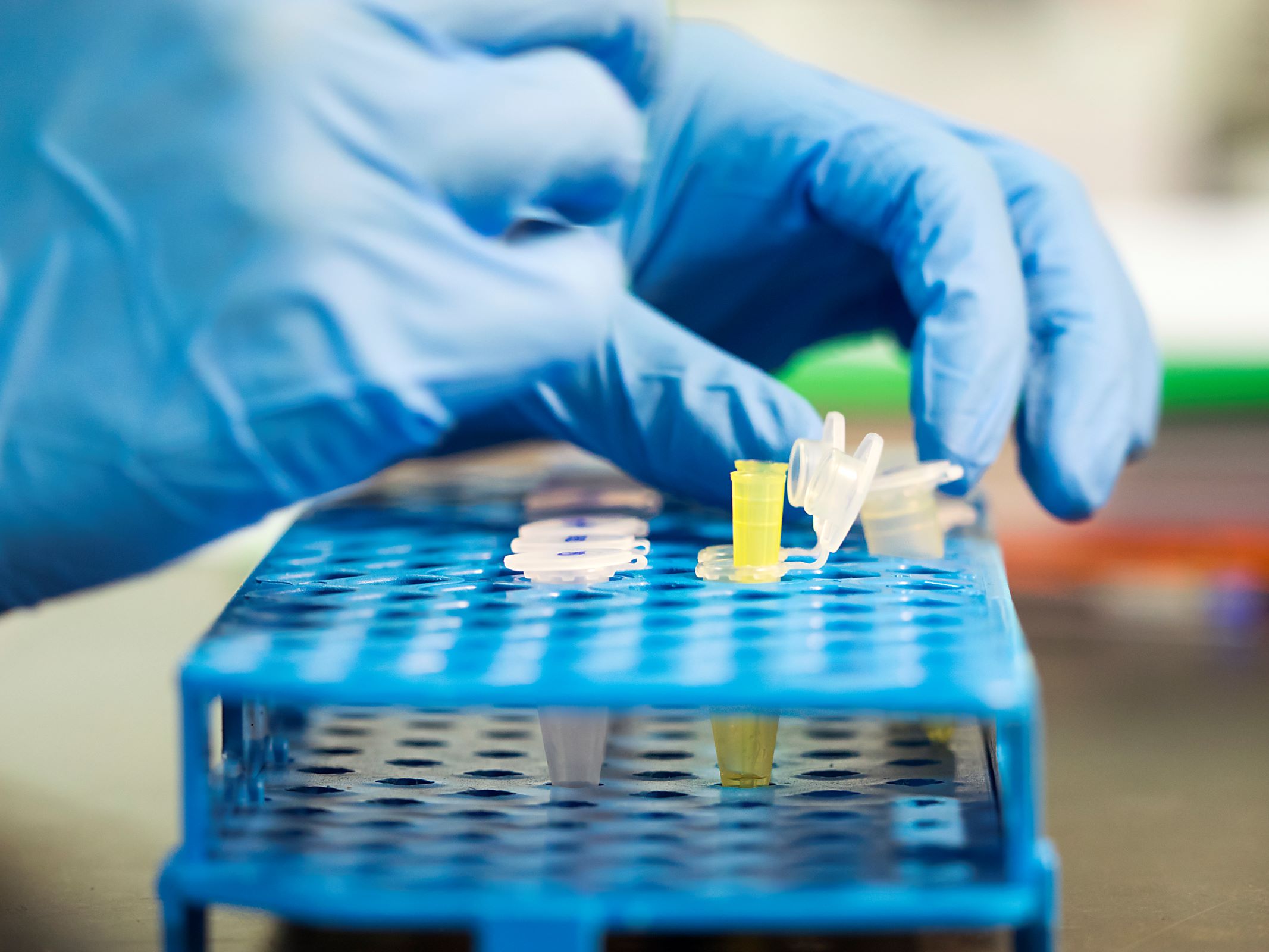


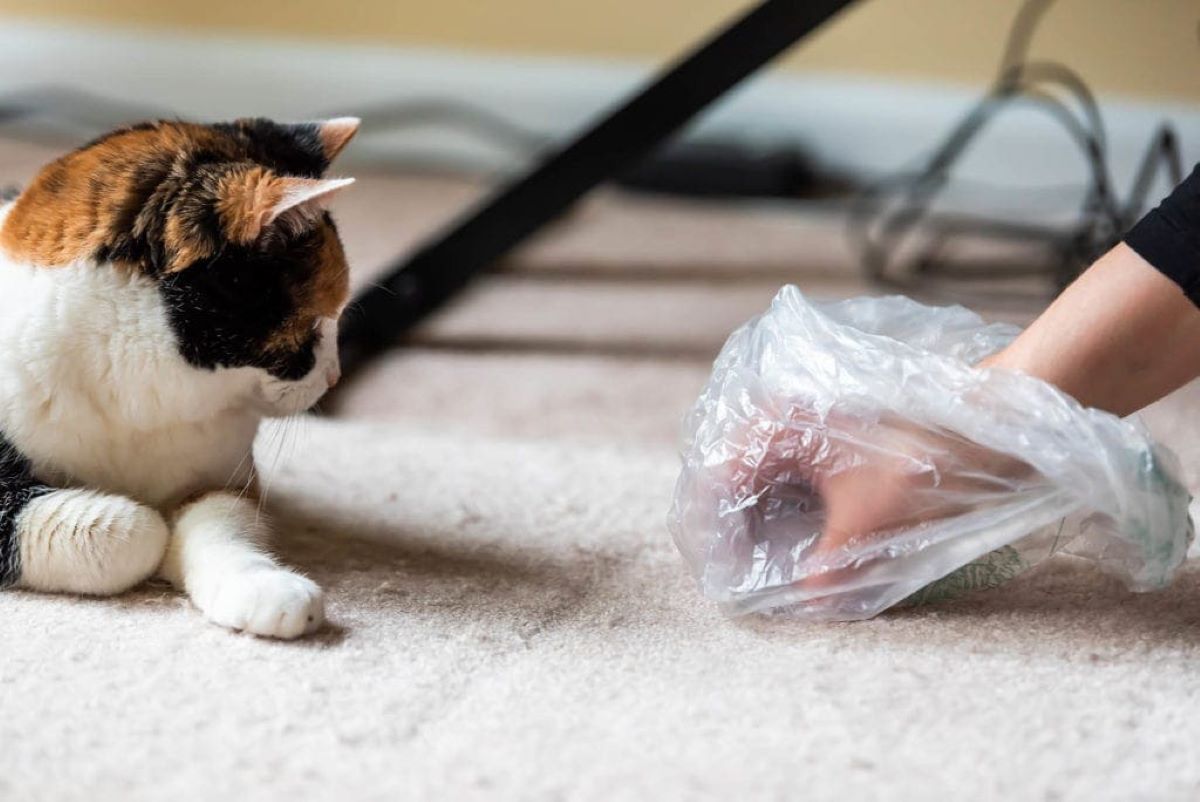


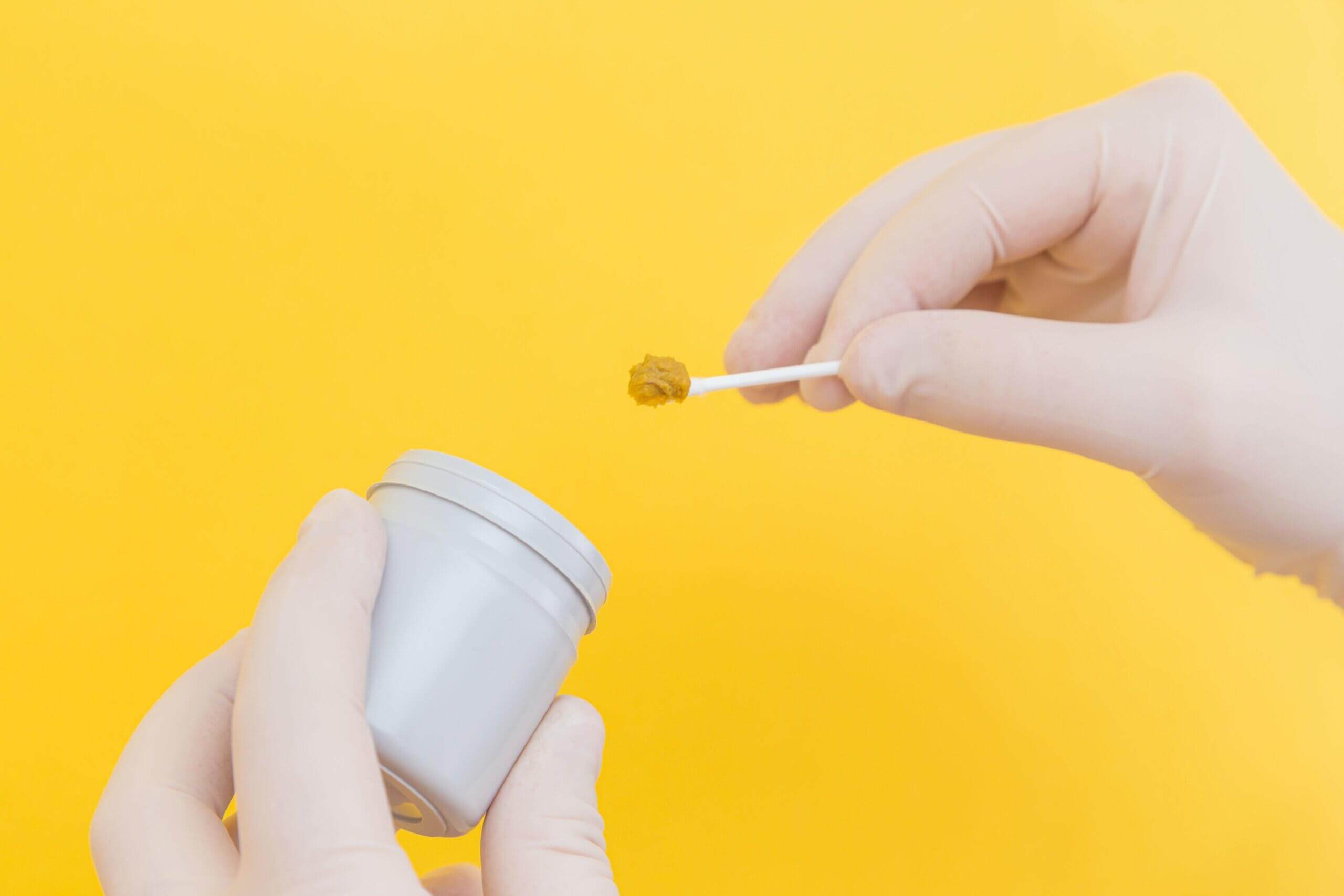
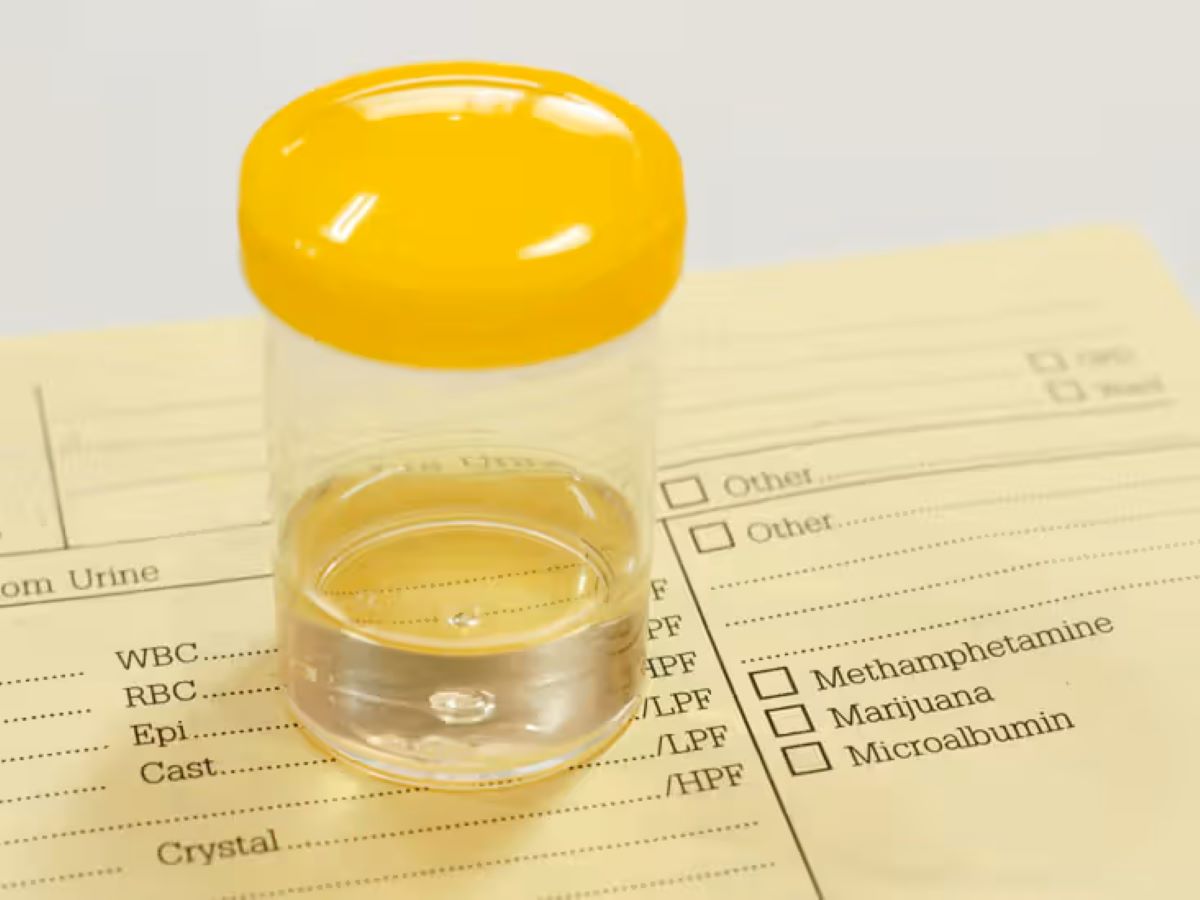
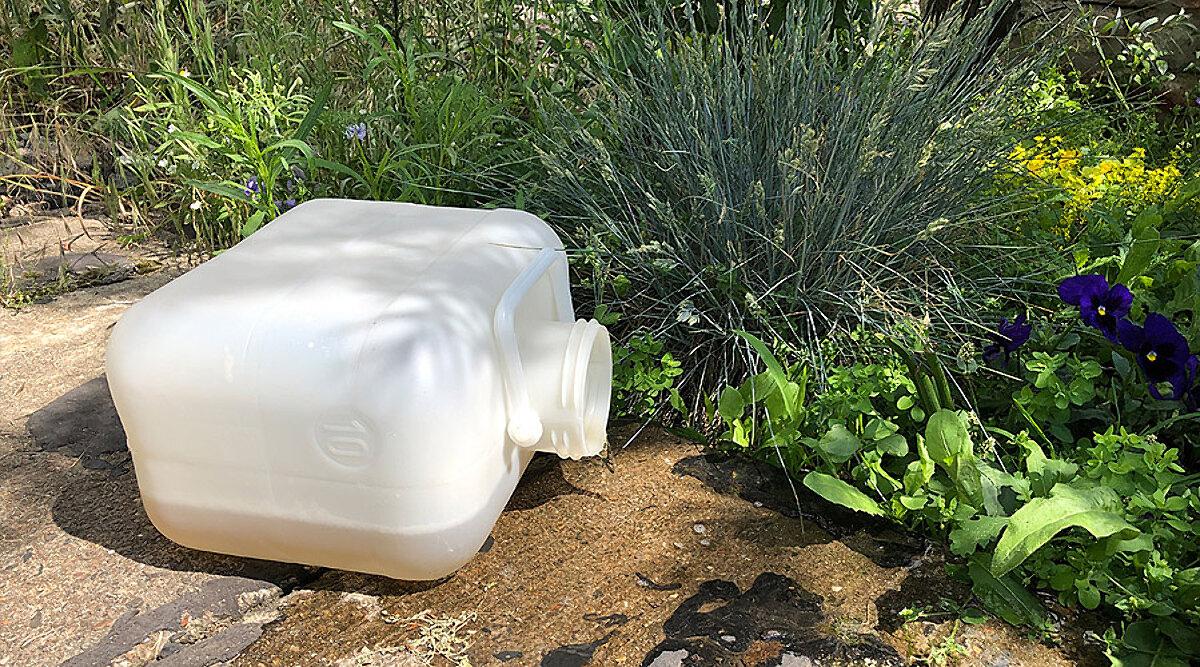
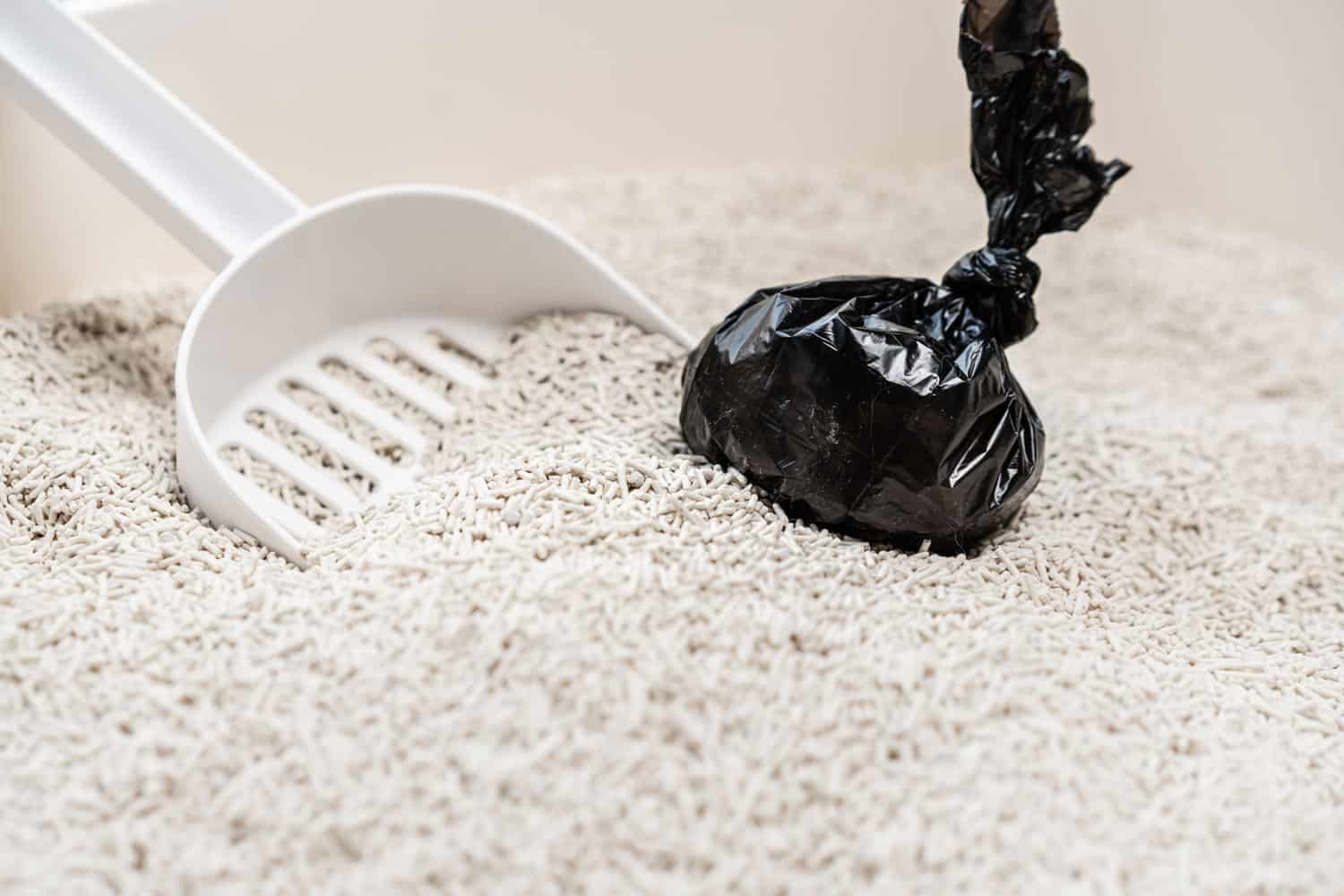

0 thoughts on “How To Store A Urine Sample”